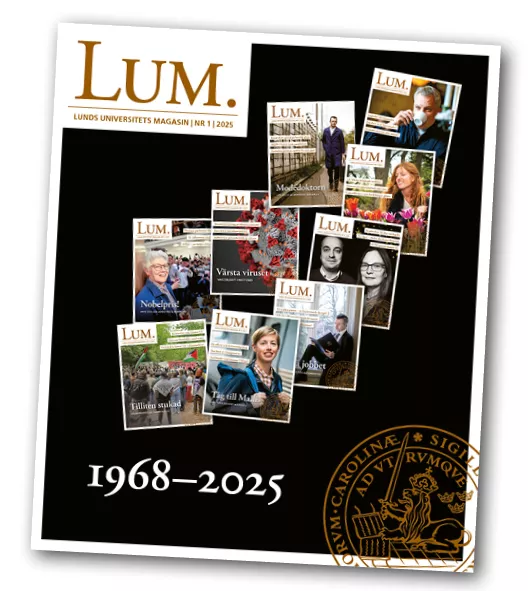Astronomers have been using globes to visualise moons and planets ever since the 18th century. As telescopes improved in the late 19th century, interest in Mars grew in particular. Italian astronomer Giovanni Schiaparelli made detailed maps of our red neighbour. His work inspired the American amateur astronomer Percival Lowell, who theorised that the marks visible on the planet’s surface were canals dug by an alien civilisation. The idea gained enormous traction. One person captivated by the idea of the Martians was Ingeborg Brun, an artist from Copenhagen interested in astronomy.
“She was fascinated by the idea of a socialist Martian civilisation with a love of advanced engineering. Over the course of a couple of years, she created about fifteen Mars globes. She painted them by hand with mountains and canals, which she inscribed with names,” says Dainis Dravins, professor emeritus of astronomy at the Department of Physics.
Someone picked the lock
In total, Ingeborg Brun produced some 15 globes. She donated most of these artefacts to prominent astronomers around the world. In 1921, she donated a globe to the Department of Astronomy in Lund, then headed by Professor Carl Charlier. The Mars globe was given a permanent place at the department and for several decades stood on Professor Knut Lundmark’s desk before being relocated to a glass cabinet in the Astronomy Library. In March 2015, it disappeared after someone picked the lock.
“It took us several months to realise that the globe had disappeared. We started googling and saw that another of Brun’s globes had been sold at auction for 50,000 US dollars several years earlier. We had no idea it was worth so much money,” says Dainis Dravins.
Years passed and the Lund astronomers had given up hope of ever getting their globe back. Then, one day an email arrived from an antique dealer in Stockholm. He wrote that he had bought the globe for SEK 1,200 after seeing an advert on Facebook. When he started doing his research, he realised that a globe had been stolen in Lund nine years earlier. By comparing their characteristics, the antique dealer and the astronomers concluded that it was in fact the Lund globe, which was then handed over to the police.
Personal delivery
“We didn’t dare rely on the postal service because it is so valuable. Our professor Nils Ryde’s twin brother Felix Ryde, who is a professor at KTH, had to go to the police pound in Solna, sign for it and take it to Lund himself,” says Dainis Dravins.
So, what does the future hold for the globe? Dainis Dravins says the department will do everything possible to ensure it is not stolen again.
“I’m not going to reveal where it is today. But it’s in much safer hands,” he says with a smile.





